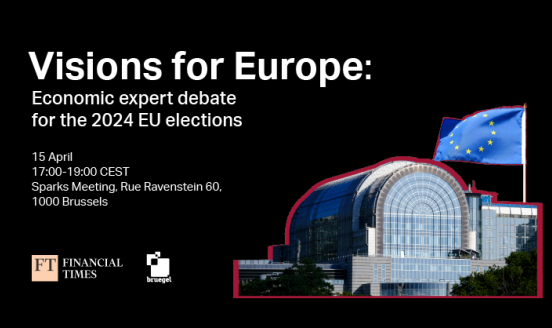SUMMARY
In the day preceding the Economic and Financial Affairs Council, in which negotiations on the 2017 EU Budget took place, a panel of experts was invited to discuss the structure of the EU Budget and the challenges ahead.
Jens Spahn opened the debate with the idea that structural funding should be aimed at creating European added value. A conditional linking mechanism connecting access to structural funds to specific recommendations was suggested. The Parliamentary Secretary of State also advocated for more flexibility in the EU budget, in the light of recent topics such as the migration crisis and the common defence policy. A general recommendation was to focus not on whether to increase or curb spending, but on how to use existing resources in the most efficient way, via structural reforms.
Professor Sascha Becker followed the discussion addressing the expenditure side of the budget. While 35% to 40% of the EU budget is allocated to regional funding, is the growth observed in poorer regions caused by these funds or is it reflective of a catch-up process? Data shows that regional policy has had a positive impact on investment and employment; this positive effect, however, is regionally heterogeneous, and can be linked to local absorptive capacity. In this sense, investment in absorptive capacity (e.g. education, governance) could enhance the efficiency of regional funds. It was noted that evidence on the long-run effects of regional policy or on distributional effects is currently scarce. As possible reforms, the author suggested: 1) investment in absorptive capacity; 2) cap transfer intensity; 3) smooth the phase-out of funds; 4) allocation of EU regional funds to member-states with lower income levels only.
The current EU system of own resources is often criticized for its complexity and lack of transparency. The idea that tax-based own resources could be used as a partial source of financing was presented by Margit Schratzenstaller-Altzinger as a way to reduce sustainability gaps in the current taxation framework. On this subject, some pointed that this mechanism could be followed by common debt issuance, while others rejected this as a logical step, centering the debate on tax harmonization and implementation at a national level.
A consensus regarding Brexit was that “funds do not buy love”. The possibility of anticipating the end of the current 2014-2020 Multiannual Financial Framework to discuss the changes post-Brexit was raised.
Event notes by Inês Gonçalves Raposo(Research Intern)
Video & audio RECORDING
EVENT MATERIALS
Presentation by Sascha Becker
Presentation by Margit Schratzenstaller-Altzinger



